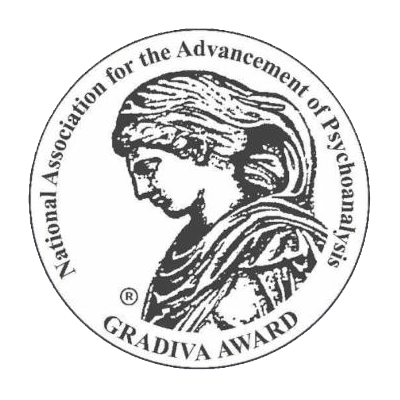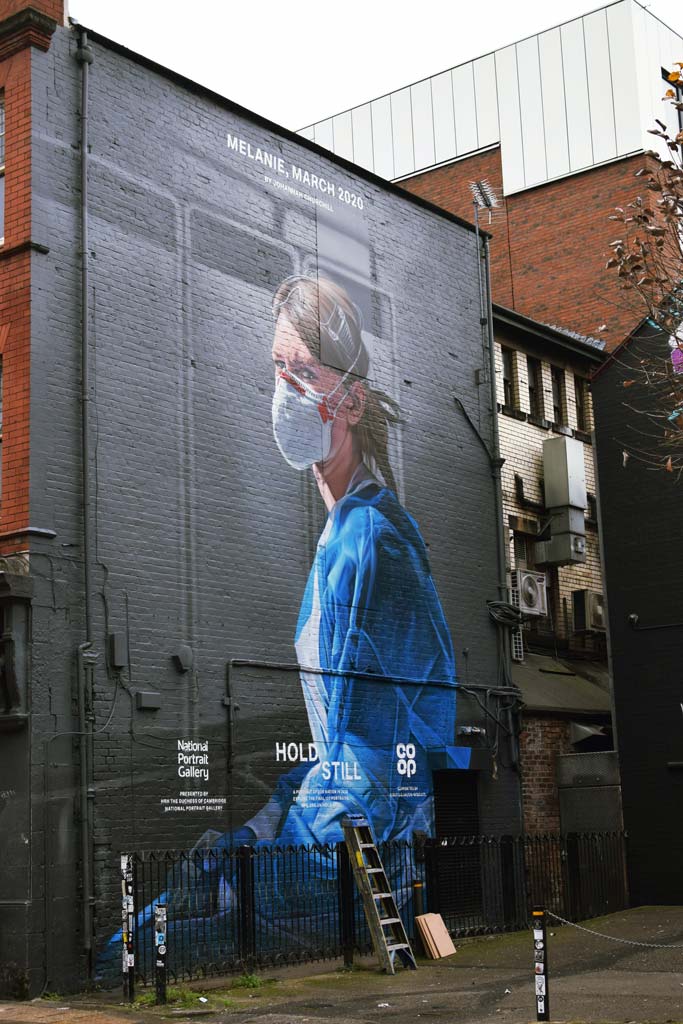THE FARAWAY-NEARBY OF TRAUMA AND LOSS
by Kerry Malawista
Six faces stared through cyberspace as our writing workshop began. In all the groups I’ve led lately, as part of an initiative aimed at helping health care workers and first responders find their way through grief, some stories linger in my mind. This time, an ER doctor spoke first.
“All year I saw COVID deaths. Most days I lost count,” he said. “I didn’t want to tell my family the horrors I saw, so I tried to hide how wrecked I felt. Now that things are calmer—getting back to normal—I don’t know how to find my way back to them.” He turned his head so we wouldn’t see his tears.
The yellow Zoom box of another participant, a nurse’s aide, lit up. “I can’t get a conversation out of my head, and it replays over and over, driving me crazy,” she said. “A patient’s husband was holding the phone to her ear. I don’t think she was even conscious, but I heard her daughter weeping, telling her mama goodbye, that she loves her.” Now the aide was crying too.
Until now, in the face of exhaustion, terror, and hopelessness, these people simply carried on, with no time to think about all that they were experiencing. What are they to do now?
I understand loss. In thirty-plus years as a psychotherapist, I have heard stories of trauma, despair, and pain. Witnessing a horror or experiencing a trauma can silence us, leaving us unmoored, alienated from those we need and love most. But giving words to the unspeakable, to all we have lost, is necessary. This is what happened to me, we need to say.
Nobody can undo the pain and sorrow these health care workers and many of the rest of us have experienced this past year. But I’ve found that storytelling is one way through.
Writing enables us to step back and reflect on the “before and after” of trauma and loss. It’s healing to create a narrative of what has happened to us, to find the words to replace the silent fear, anxiety, and pain we all feel. I’ve come to understand that writing can transform pain, anxiety, dread, and fear from inchoate and disjointed images into reimagined memories that one can begin to bear.
This understanding, though, did not just come from listening to my patients. When I lost my eighteen-year-old daughter, Sarah, I was left adrift, pummeled by grief. It was Sarah who helped me through by teaching me, years before I would fully grasp the meaning, about the middle distance.
It was a year after she died. My husband and I were attending a Georgia O’Keeffe show at the Phillips Collection in Washington, DC. Roaming the galleries, I was immediately taken with O’Keeffe’s flowers of red, yellow, and purple, each appearing as if under a microscope. One painting stopped me in my tracks. I couldn’t take my eyes off it as I tried to understand the unsettled, off-kilter feeling it created in me.
The canvas showed the remains of a massive elk’s skull and antlers suspended over a range of light-filled crimson mountains rising up from the desert sand. I was struck by the juxtaposition: a bright, radiant light and this looming marker of death. The title was printed in black letters on a white card at the lower left of the frame: From the Faraway, Nearby.
Suddenly I was back in Sarah’s bedroom; she was fifteen at the time, already a painter, and telling me about something she called the middle distance.
To demonstrate, she pulled an art book off her bedroom shelf and flipped to a painting by Jean François Millet called The Gleaners. She pointed to a figure on the right, a woman bending over to collect the last bits of wheat after the harvest. By foreshortening the space between the distant haystacks and the nearby wheat gatherers, Millet had created the illusion that the figures were larger than life, overpowering the scene.
“See, the middle distance is what gives a painting balance,” Sarah told me.
Gazing at O’Keeffe’s painting years later, I could see what Sarah had meant. Without a middle distance, the elk’s remains dominate the foreground, while the mountains are eerily far away. O’Keeffe had left out the bridge between them, their shared middle ground.
And suddenly I had a context for how I had felt since Sarah’s death. In the foreground, Sarah was still here, unbearably yet thrillingly close, as though she might appear at any moment. I imagined catching a glimpse of her just around the corner; I would plan a vegan dinner that I knew she would like; I couldn’t wait for her to get home to tell her how unhappy I had been since she died. It was a constant state of suspended disbelief. Yet I couldn’t give it up. I feared Sarah being completely lost to me—like being stranded off in the distance, in a mist settling over a distant mountain range.
I was in a “faraway, nearby” place, and I could neither bring her back nor let her go.
O’Keeffe’s painting and those three simple words—The Faraway, Nearby—gave meaning to what I was experiencing. Finding the middle distance was essential, a space to bear the unbearable and acknowledge the unreachable.
I needed a bridge between the nearby—the immediate and unending pain of losing Sara—and the faraway desolate horizon of life without her.
Never thinking myself a writer, I nonetheless began jotting down thoughts about O’Keeffe and then images and memories of Sarah. I was inscribing Sarah, and it allowed her to come to life on the page. Writing became my way to carry her with me, to fathom how to be in a world without my daughter, to find a language for my loss.
This is the discovery I and the dozens of volunteer writers and therapists who lead frontline workers through writing workshops hope to give to those who have sacrificed so much during the pandemic: a space to reflect on the past year, write what they have been through, tell their stories, and perhaps discover a newfound resilience.
As I scan each set of new faces in our Zoom sessions, I imagine the workshop participants feeling the relief that comes from recognizing what I came to learn: that moving forward rests on an understanding of where you have been.
By writing their experiences, as I did mine, they can make their way toward the middle distance.
—
A version of this essay originally appeared in the Boston Globe’s Sunday Ideas section.
-
Kerry L. Malawista, PhD, is a writer and psychoanalyst in Potomac, MD. She is cochair of New Directions in Writing and founder of the recent project The Things They Carry, which offers virtual writing workshops for health care and frontline workers. Her essays have appeared nationally in newspapers, magazines, and literary journals, including the New York Times, the Washington Post, the Baltimore Sun, the Boston Globe, Zone 3, Washingtonian magazine, the HuffPost, Bethesda magazine, Arlington magazine, the Account, and Delmarva Review, which nominated her for a Pushcart Prize. She is coauthor of Wearing my Tutu to Analysis and Other Stories (2011), and coeditor of The Therapist in Mourning: From the Faraway Nearby (2013), both published by Columbia University Press, and Who’s Behind the Couch (2017), published by Routledge. When the Garden Isn’t Eden, a second “tutu book,” will be published by Columbia University Press in the spring of 2022, and her novel Meet the Moon will be released in September of 2022 with Regal House Publishing.
-
Email: KMalawista@gmail.com
ROOM is entirely dependent upon reader support. Please consider helping ROOM today with a tax deductible donation. Any amount is deeply appreciated. |





